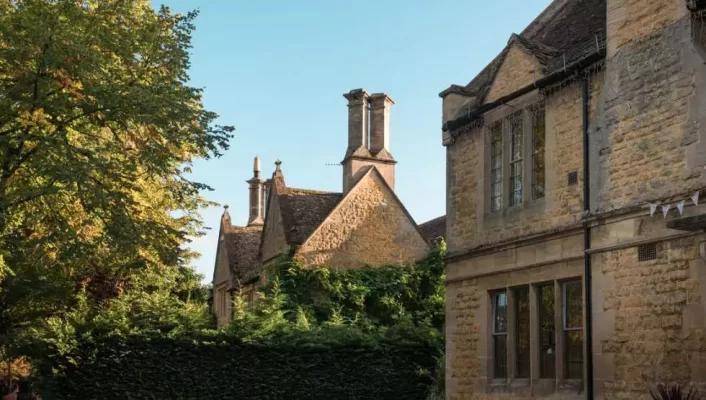Facts About Chatteris
History
Chatteris’s name probably derives from the Celtic Cedrid – Ced meaning a wood and Rid, a ford, although it may also derive from “cader”, meaning hill fort, suggesting a similar site to the nearby Stonea Camp. The town was mentioned in the Domesday Book as “Cetriz” and “Cateriz”.
Archaeological evidence has been found of Neolithic, Bronze Age and Iron Age settlements in the area, and Chatteris possesses what has been interpreted as the only upstanding Neolithic boundaries in Fenland. Saxon evidence is less well preserved, although in 679, Hunna, the chaplain to Æthelthryth of Ely built a hermitage on Honey Hill. More apocryphically, Chatteris is reputed to have been the last refuge of Boudica as she fled from the Romans.
General Info
The parish of Chatteris is large, covering 6,099 hectares, and for much of its history was a raised island in the low-lying wetland of the Fens. Mentioned in the Domesday Book of 1086, the town has evidence of settlement from the Neolithic period. After several fires in the 18th and 19th centuries, the majority of the town’s housing dates from the late Victorian period onwards, with the tower of the parish church the only medieval building remaining.










